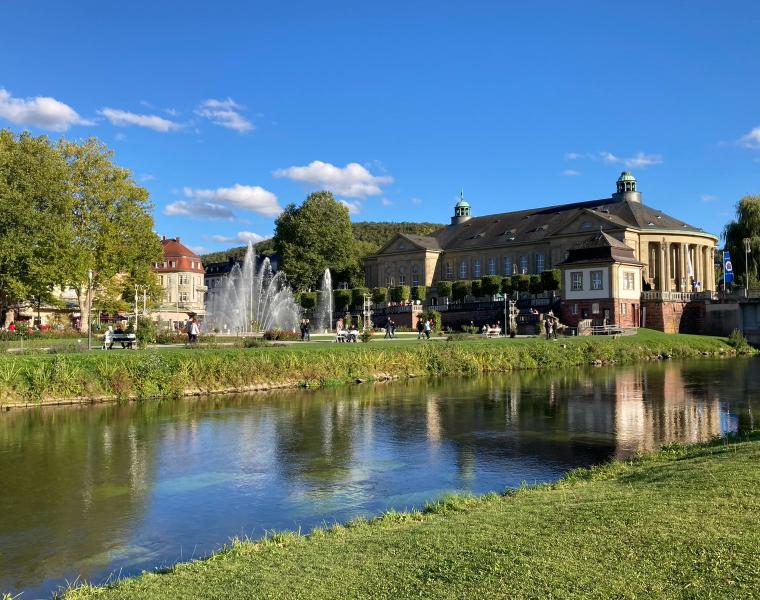Healthy comfort?
From the Leisure Offer theme within the Conscious Destinations Agenda, CELTH is working on classification and certification in the field of sustainability in the hospitality sector. In that context, a sustainability classification tool was developed this spring for Natuurhuisje.nl. This allows the owners of Natuurhuisjes to make sustainability efforts visible. This tool is now also available for providers of accommodation outside Natuurhuisje to score themselves, solidly based, on sustainability.
In this context, work included focus groups: group interviews with an area sample from the providers of Natuurhuisjes. A prototype of the scoring instrument was presented to them. Especially in the session in which not only Dutch, but also German and Belgian owners took part, an interesting discussion took place. It was about the balance between offering luxury and comfort on the one hand and minimising the impact on nature/biodiversity on the other. One participant even talked about ‘those people from the city who expect (at least) as much luxury and comfort in their holiday home as they do at home, and for whom nature is just a “nice backdrop” should look for their holiday home on another site!’, to which another participant pointed out that he did want to be able to recoup the considerable investments he had made in his holiday home, and that ‘the nature lover’ is an important target group for him.
Key question that emerged from the discussion: as a provider, do you have the guts to limit your guests' possibilities, make them aware of the natural environment they are part of, in short, do you do customer education? And if so: how do you go about it?
Unfortunately, at the time - also because the meeting was primarily about the scoring instrument - there was no unambiguous answer to that question. CELTH did include in the recommendations to Natuurhuisje to continue this discussion with the owners. But that was not the end of the matter for me personally. The question kept popping up in my head: how can you ‘educate’ guests without deterring them from booking with you? I couldn't figure it out.
Until this summer, more or less by chance, I ended up in Germany's largest and most famous spa town: Bad Kissingen. To my surprise, this special little town in northern Bavaria (not far from Würzburg) turned out to be part of Unesco World Heritage: Historic Spas in Europe since July 2021. An impressive list of ‘Spas’, which includes: Spa (B), Vichy (F), Montecatini (I), Baden bei Wien (A), Bath (UK), three places in the Czech Republic and three in Germany. Including, therefore, Bad Kissingen. What that has to do with the question above? I discovered the concept of health tourism here. And that concept may help find an answer: a healthy person in a healthy environment.
What may be unknown to many in the Netherlands is that Kurculture is alive and well in Germany. This is partly prompted by the fact that it is built into the healthcare system (including health insurers) that a recovery cure - often lasting several weeks - is mandatory after major medical interventions. Thus, hundreds of (former) patients stay in this city to recover, regain strength. I met someone here who was sent from Aurich - in the far north-west of Germany - to Bad Kissingen for compulsory rehabilitation after bybass surgery.
All kinds of wellness and sports facilities, a cultural programme including daily changing live music, visual art exhibitions, etc., were rigged to help with the healing. All this in grand Victorian-style buildings built with care. But not least, the healing power of nature, peace and space is harnessed to aid recovery. The wooded hills of the Rhön (up to about 1000 metres above sea level) but also the beautiful, spacious parks in the town itself lend themselves well to (Nordic) hiking and other sporting activities. But also for a quiet stay. And: the air quality there is high. In the summer months and during Feiertage, Germans from all over the country visit Bad Kissingen to recover from the hectic everyday life in this quiet, green, culturally rich environment. Holidays to stay healthy - or get healthier. Health tourism, in other words.
Of course, we also know the concept in the Netherlands: ‘Get a breath of fresh air on the Wadden’, ‘Relax in the Achterhoek’... But a place like Bad Kissingen lives for health. By offering a healthy environment.
Back to Natuurhuisje. The health aspect was exactly what I missed in the discussion about comfort vs nature conservation. In other words, we all know that retreating to a quiet(r), natural environment is good for you. Doesn't that include keeping the clean air there? That you don't make any noise? So that the next time you go there, that environment is just as quiet and clean? Isn't that a good entry point for customer education?
How could you approach that ‘guest education’? Make your visitors aware (more) of the qualities of your surroundings that they don't have in their own region or have less of. Allowing them to unwind, recharge there. Staying healthy. Point out to your guests their responsibility for the environment. Show them that nature is not a backdrop, but that they are part of it. So that they also ‘give something for it’.
Just a little less comfort, no air conditioning for example? Or ask for silence from 10 pm onwards? So as not to disturb peace-seeking neighbours and nearby nature... This way, people become/stay healthy because the environment is healthy.
Ernst Jonker
Theme Manager Leisure Offer



